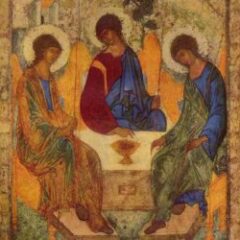Introduction
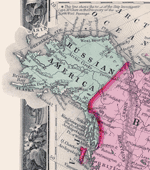
Russian America (Russian: Русская Америка) was the name used for Russian possessions in the New World the period between 1733 and 1867 in which Russia claimed the territory that today is the U.S. State of Alaska. Formal incorporation of the possessions did not take place until the Ukase of 1799, which established a monopoly for the Russian-American Company and also granted the Russian Orthodox Church certain rights in the new possessions.
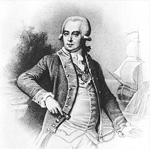
The first Russian colony in Alaska was established in 1784 by merchant Grigory Shelikhov.
Shelikhov’s attempt to colonize Kodiak Island was met with resistance by the native population.
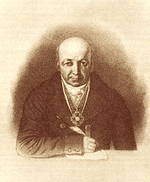
He returned to Russia and installed Alexandr Baranov as director of the colony. In order to convince the Russian imperial court of the seriousness of his colonial ambitions, Shelikhov recruited volunteers from the Valaam, an environment that appears strikingly similar to the Kodiak archipelago’s landscape, and Konevitsa monasteries to travel to the new colony.
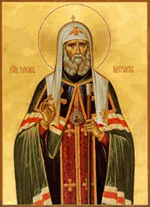
The volunteers, led by Archimandrite Joasaph (Bolotov), departed Saint Petersburg on December 21, 1793, and arrived at Kodiak Island on September 24, 1794. When they arrived they were shocked by the harsh treatment of the Kodiak natives at the hands of the Russian settlers and Baranov.
They sent reports to Shelikhov detailing the abuse of the local population, but were ignored. In response, however, the Holy Synod created an auxiliary episcopal see in Alaska in 1796, and elected Fr. Joasaph as bishop. Fr. Joasaph and a small party returned to Russia in 1798 for his consecration, and to offer first-hand accounts of what they had seen. During their return voyage to the colony in May 1799, their ship sank and all aboard died.
Type your query in the box below:

In 1800, Baranov placed the remaining monks under house arrest, and forbade them to have any further contact with the local population.
Despite the lack of leadership, the Orthodox mission in Alaska continued to grow. In 1811, however, the Holy Synod officially closed the episcopal see. It was not until 1823 that the Holy Synod sent instructions for a new priest to travel to Alaska.
Father John Veniaminov of Irkutsk volunteered for the journey, and left Russia in May 1823. He and his family arrived at Unalaska Island on July 29, 1824. In 1840, Fr. John accepted monastic tonsure and ordination as the Bishop of Kamchatka, the Kurile and Aleutian Islands, making him the first ruling bishop of the Alaskan mission since Bishop Joasaph.
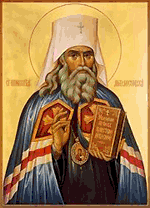
Bishop Innocent was elevated to archbishop in 1850. For his missionary and scholarly work that had focused on blending indigenous Alaskan languages and cultures with Orthodox tradition, Innocent became a saint of the Orthodox Church in America in 1977, and is referred to as the Enlightener of the Aleuts and Apostle to the Americas.
By the 1860s, the Russian government was considering ridding itself of its Russian America colony. Zealous overhunting had severely reduced the fur-bearing animal population, and competition from the British and Americans exacerbated the situation.

This, combined with the difficulties of supplying and protecting such a distant colony, brought about a waning interest. After Russian America was sold to the U.S., all the holdings of the Russian–American Company were liquidated.
